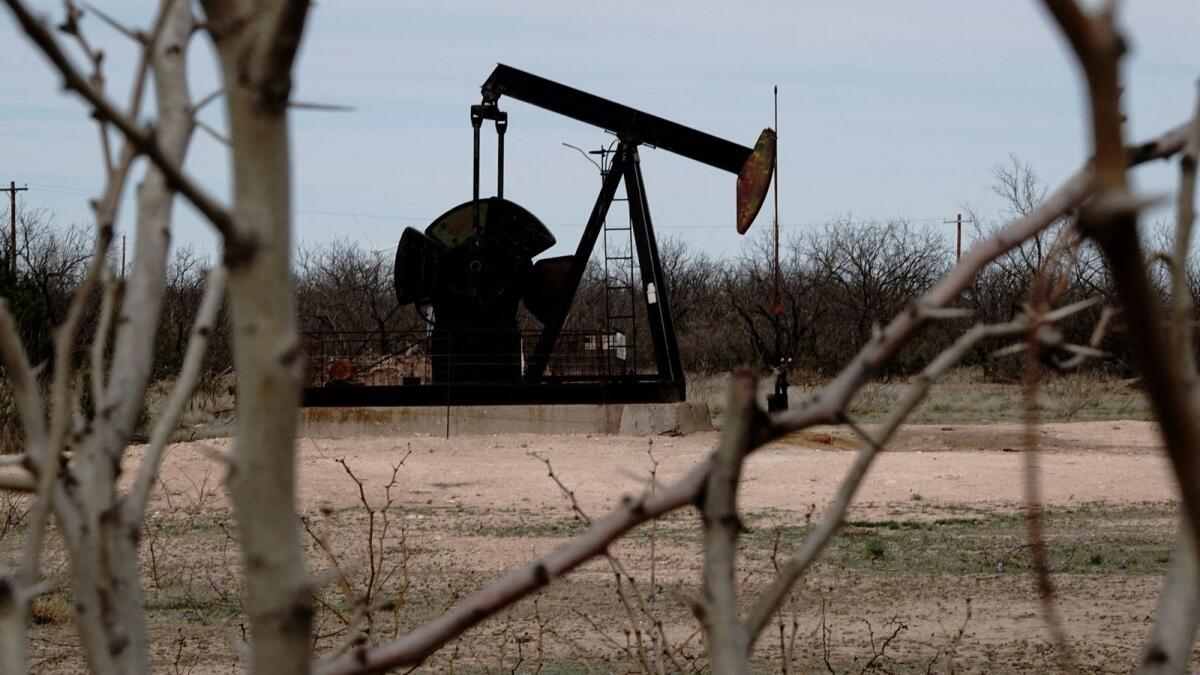Portfolio investors reacted strongly to Opec’s announcement of plans to increase production, leading to record volumes of petroleum being sold last week. Hedge funds and money managers sold the equivalent of 194 million barrels of oil in key futures and options contracts, marking the fastest fund sales in at least a decade. Sales were more than three standard deviations away from the average weekly change, highlighting the surprise that investors felt about the production increase. Brent, Nymex, ICE WTI, European gas oil, US diesel, and US gasoline were among the commodities sold, with crude and Brent experiencing the fastest selling rates.
Investors showed bearish sentiment towards the petroleum complex, slashing total petroleum positions to 208 million barrels, the lowest in years. Brent positions were also significantly reduced to their third-lowest level, pushing front-month Brent futures prices down to a four-month low. However, Opec⁺ officials emphasized that the planned production increase could be adjusted or reversed based on market conditions, which helped stabilize prices slightly after the initial sell-off. The meeting will be remembered as a major surprise, impacting market dynamics despite the intentions of the ministers involved.
In the US natural gas market, hedge funds adopted a more cautious stance last week due to persistently high inventories. Fund sales in gas futures and options contracts at Henry Hub in Louisiana marked the first net sale in five weeks, with more bearish short positions added compared to new longs. Although the net long position remained above recent lows, working inventories were still significantly above the seasonal average. While the surplus has not increased since March, it has not decreased either, causing some uncertainty among investors.
The reaction to Opec’s production increase announcement and the cautious approach in the US natural gas market reflect the ongoing dynamics in the global energy sector. As investors navigate through changing market conditions and uncertainties, the emphasis on supply and demand fundamentals remains crucial. While the production hike may have initially led to selling pressure, the contingent nature of the increase offers some stability to the market. With inventories playing a key role in shaping investor sentiment, ongoing monitoring of supply levels and consumption patterns will be essential in determining future price movements.
Overall, the recent events in both the petroleum and natural gas markets highlight the interconnected nature of global energy dynamics. As investors adjust their positions in response to market developments, the importance of monitoring these changes becomes evident. With volatility likely to persist in the energy sector, staying informed about supply trends, demand outlooks, and geopolitical factors will be essential for making informed investment decisions. As the industry continues to evolve, adapting to these shifts will be key in navigating the complex landscape of the energy market.











